Is Google’s AI redefining photography? Here’s my hands-on experience with the Pixel 9 Pro XL.
I’ve had my eye on the Google Pixel series for years—mainly because of the camera. As a photography enthusiast, the promise of cutting-edge mobile photography has always piqued my interest.
So, when I had the chance to test the Google Pixel 9 Pro XL together with the Google Pixel Buds Pro 2 for almost three weeks, I was beyond excited. After hearing Google’s keynote on the Pixel 9 series, I knew I had to see if the hype was real.
Here’s a short review of the Buds Pro 2 and the breakdown of the Pixel 9 Pro XL, especially from a camera lover’s perspective.
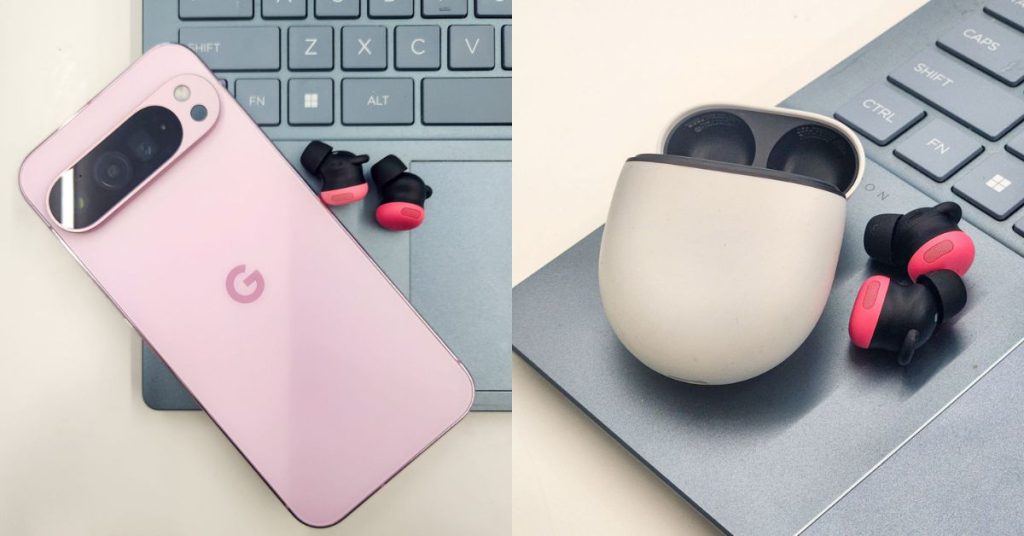
First impressions: The packaging
Before diving into the nitty-gritty of the gadgets, let’s talk about the unboxing experience.
This year, Google made a big push towards sustainability, shipping the Pixels in recycled cardboard packaging. No plastic in sight, not even inside. The packaging for the earbuds was similar.
The boxes are sturdy, with a cradle to keep the phone and earbuds safe during transit. As someone who appreciates eco-friendly efforts, I was impressed by this touch.
Google Buds Pro 2
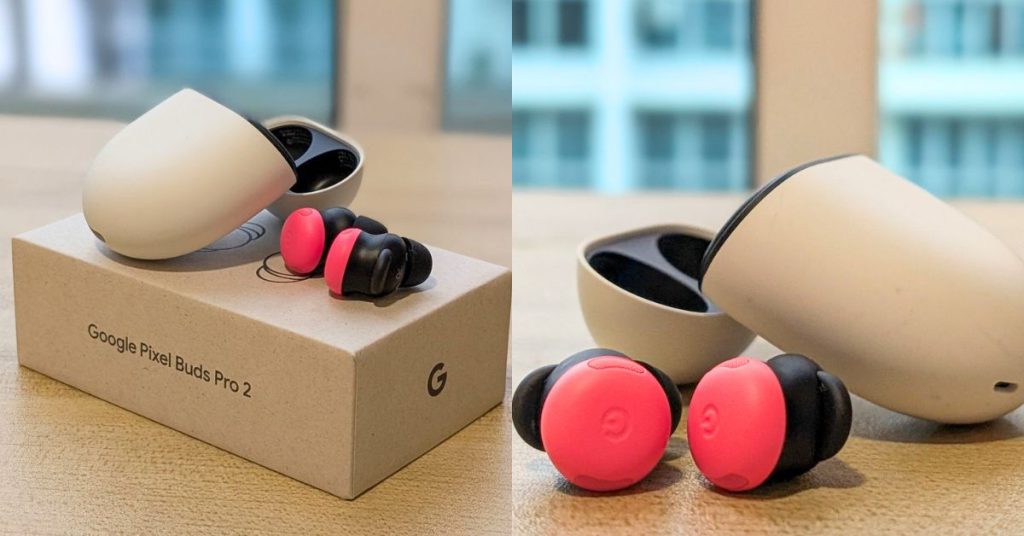
The Google Buds Pro 2 are noise-cancelling earbuds that deliver excellent sound quality and strong noise cancellation. They’re particularly geared toward Android and Pixel users, thanks to seamless integration with Google’s ecosystem.
The buds are small and light, and come with a new “twist-to-adjust stabiliser” for a better fit. I had to change the eartip size of my earbuds to find the one that actually fit snugly; if not, the sound quality and noise-cancelling performance dropped significantly.
Powered by Google’s new Tensor A1 chip, the Buds Pro 2 offers hands-free Gemini AI, improved sound, better noise cancellation, and decent voice-calling performance.
Using the buds alone, you can get it to do just about anything Gemini can do on your phone, and you get access to all of these features without needing to even unlock the phone.
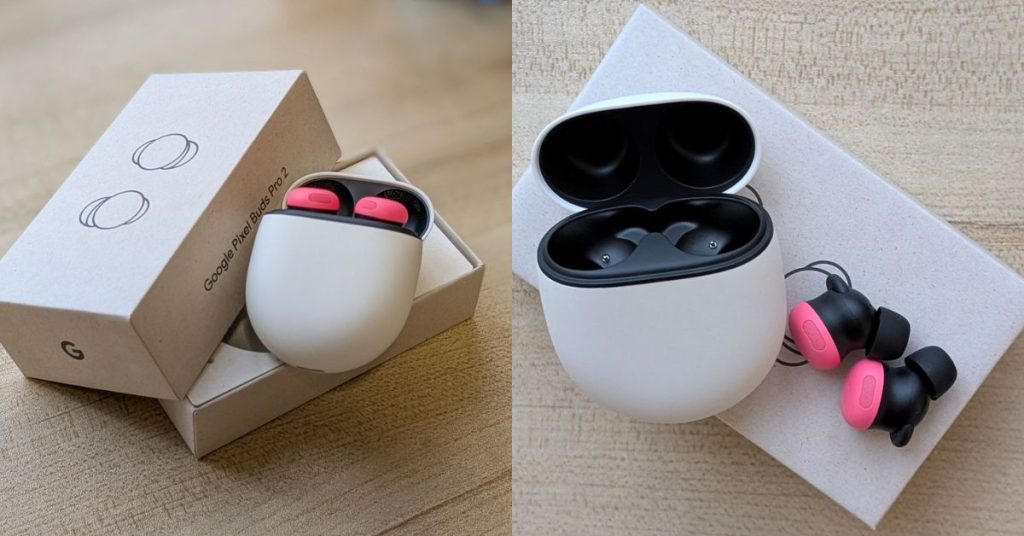
The buds come with Bluetooth 5.4, spatial audio (for specific Pixel devices), and a long battery life of up to 12 hours without noise-cancelling.
Priced at RM1,099, the Buds Pro 2 are definitely on the pricier side when compared with their predecessors. Unless you are a Google Pixel user, I think there are better options out there that are more affordable.
Phone’s design: Sleek and inspired
The design of the Pixel 9 Pro XL is a far cry from the older Pixel models. For years, the Pixels have been known for their exceptional software but lacklustre hardware. Not anymore.
When I held the Pixel 9 Pro XL, the first thing that came to mind was how iPhone-like it felt. The smooth satin finish, aluminium frame, and the way the buttons are positioned—it all felt premium.
The back of the phone, with its Gorilla Glass Victus 2 panels, is sleek, but quite slippery without a case. Luckily, mine came with a case, saving me from a few near-slips.
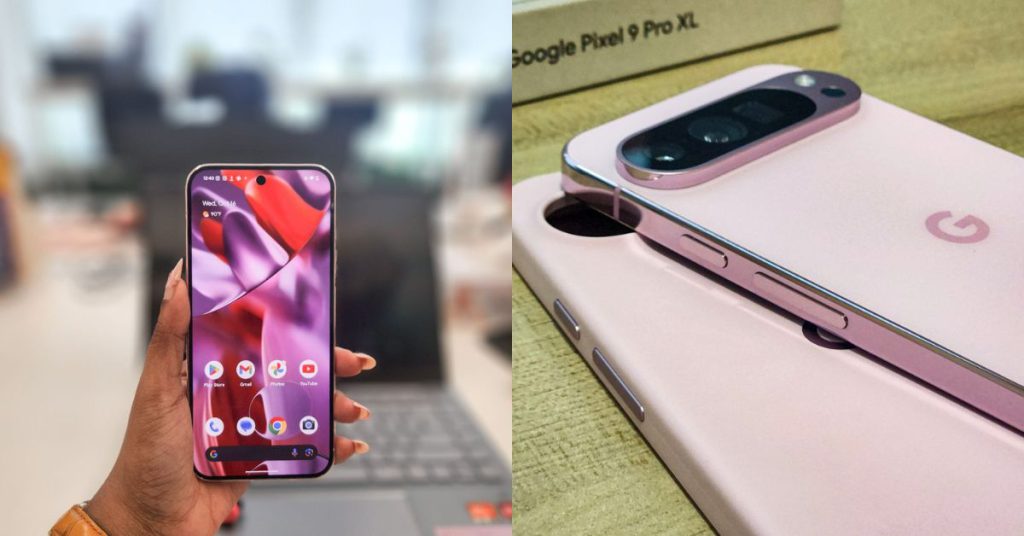
The camera bump is, of course, the standout feature, housing three cameras: a 50MP primary, 48MP ultrawide, and 48MP 5x telephoto lens. It’s designed in such a way that the phone doesn’t wobble when laid flat, which is a nice bonus.
Specs and performance
The 6.8-inch display is truly a joy to look at, especially with its 3,000 nits peak brightness.
Even under Malaysia’s glaring sun, I didn’t struggle to see what was on the screen. While the brightness is impressive, it does dim after extended use, so that’s something to keep in mind.
The ultrasonic fingerprint sensor is a game-changer, especially after the struggles with older Pixel models.

The phone’s Tensor G4 chip isn’t necessarily the fastest in benchmarks compared to other flagship models, but in real-world use, it’s plenty smooth.
Battery life? Solid. It comfortably lasts a full day with mixed usage, and fast charging took just over an hour to go from 10% to full. Not the fastest in the market, but enough to get by for a power user like me.
One thing that shook me was how fast I was able to transfer all my data from my current phone, Samsung S22, to Google Pixel 9 Pro XL. The moment I switched on the Pixel, it was able to detect my phone immediately. It took me less than 40 minutes to set up everything in the Pixel, from transferring my data to setting up my email.
AI features: A mixed bag
The Google Gemini AI is a major highlight this year. It can do everything from generating text for emails to summarising phone calls. You can even ask it what to cook based on a picture of your fridge’s contents. I’ve got to say that’s pretty nifty.
But as much as I loved playing around with these features, I didn’t rely on them too much.
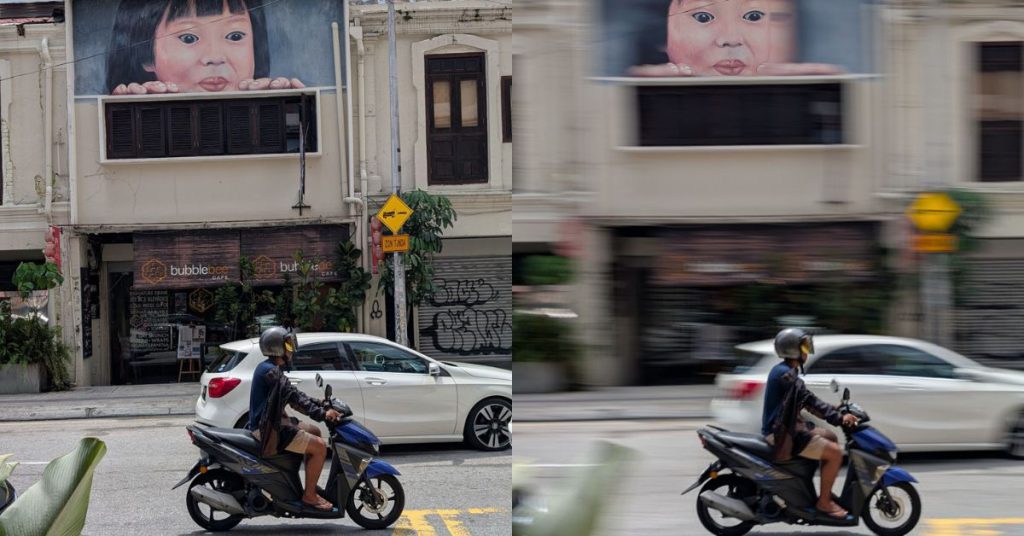
The AI-based photo editing tools, like Magic Editor, allow you to completely transform your images, adding new backgrounds or removing distractions.
Not only that, but Google also included AI-based Add Me feature on the camera, which can seamlessly merge two photos into one image.

While fun, it feels more like a gimmick for casual users. As someone who prefers the authenticity of a well-shot photo, again, I didn’t find myself using these features regularly.
However, with that being said, if you are a beginner or looking to level up your photography and editing, these features will definitely make your life easier.
Camera’s performance
Now, the moment I had been waiting for—the camera.

If there’s one thing Google consistently excels at, it’s photography. The Pixel 9 Pro XL’s camera setup delivers sharp, well-exposed images with low noise.
The Super Res Zoom at 10x and 30x is surprisingly good, even in low light, but it does get grainy beyond 20x in video mode. So, I stuck to using it in good lighting conditions.
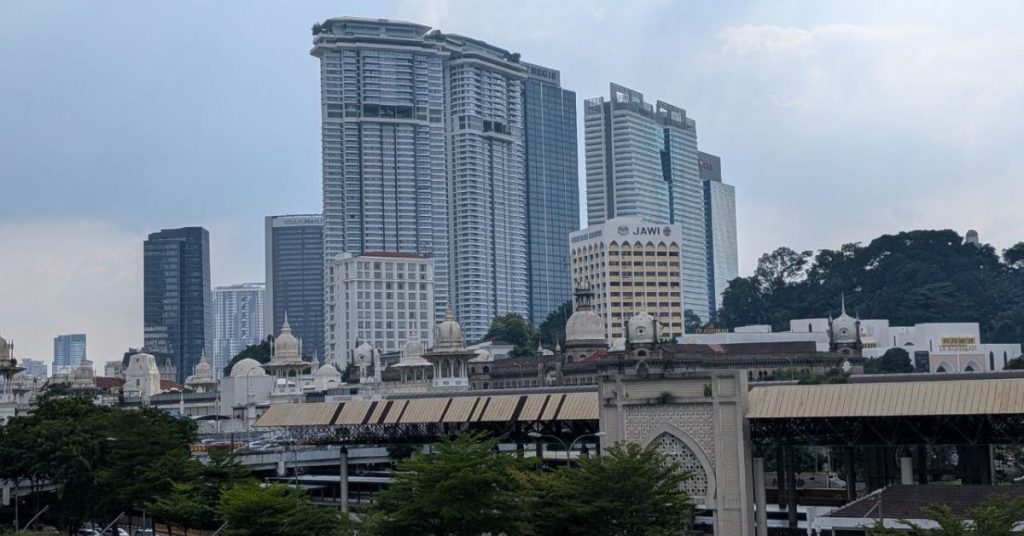

Shooting in full 50MP resolution? Gorgeous but laggy. There’s a noticeable delay between pressing the shutter and capturing the shot, which can be frustrating if you’re trying to snap a fast-moving subject.
One thing I noticed was the colour accuracy—it tends to over-filter the yellows, making skies a bit too blue and greenery too green. Thankfully, this can be corrected in post-processing.

The selfie camera is a powerful 42MP shooter, but it falls short in low light. Videos taken in dim environments displayed weird watercolour artefacts. This was a letdown, especially when compared to the performance of the rear cameras.
The Pixel 9 Pro XL can record up to 8K30 and 4K60 with stabilisation. The AI-enhanced Video Boost mode processes footage in the cloud, improving HDR, stabilisation, and zoom.
It’s cool in theory, but I wasn’t thrilled by the need to back up files to Google Photos before I could access the enhanced version.
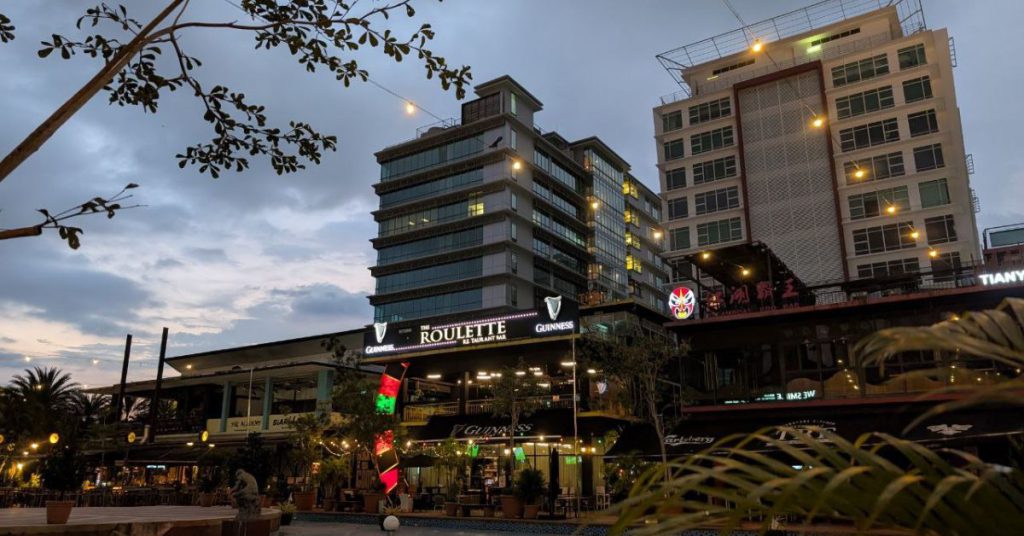
Battery life and thermal management
With my typical usage—camera, social media, and some light gaming—I easily got through the day on a single charge. Screen-on-time averaged around 8 hours, which is impressive for a flagship device.
Thermals were also solid. The phone got mildly warm during heavy camera use, but nothing that caused overheating or throttling. This was a relief, especially after seeing some online complaints about heating issues.
Final thoughts: A worthy camera phone?
So, is the Google Pixel 9 Pro XL a game-changer for photography enthusiasts like me? In many ways, yes.
Starting from RM5,699, the Super Res Zoom, impressive main cameras, and Google’s unparalleled AI tricks make it a strong contender for anyone who loves mobile photography.
That being said, it’s not without flaws: the camera lags at 50MP, there’s low-light noise in zoom shots, and the over-saturated colours may not appeal to everyone.
Overall, though, I found the experience refreshing. Google has crafted a phone that’s not just about software anymore—it’s about design, performance, and an all-around flagship experience.
Would I switch? It’s a definite yes for me because Google has upped its game this time, and I’m genuinely impressed. If you’re in the market for a phone with stellar photography features, the Pixel 9 Pro XL should be on your radar.
| Pros | Cons |
| All the latest AI features | Slippery and hard to keep clean surface |
| Sleek new design | Difficulty in holding the phone properly due to the size |
| Amazing camera quality | |
| Solid battery life | |
| Very good speaker quality |
- Learn more about Google Pixel 9 Pro XL here.
- Read other articles we’ve written about Google Pixel here.
VP Verdict is a series where we personally try and test out products, services, fads, and apps. Want to suggest something else for us to try? Leave a comment here or send the suggestion to our Facebook page.
Also Read: SDEC 2024 will explore the latest trends in semicon, AI & ecommerce, here’s how to join
This M’sian quit her job to run her desserts biz, specialises in dango with unique toppings
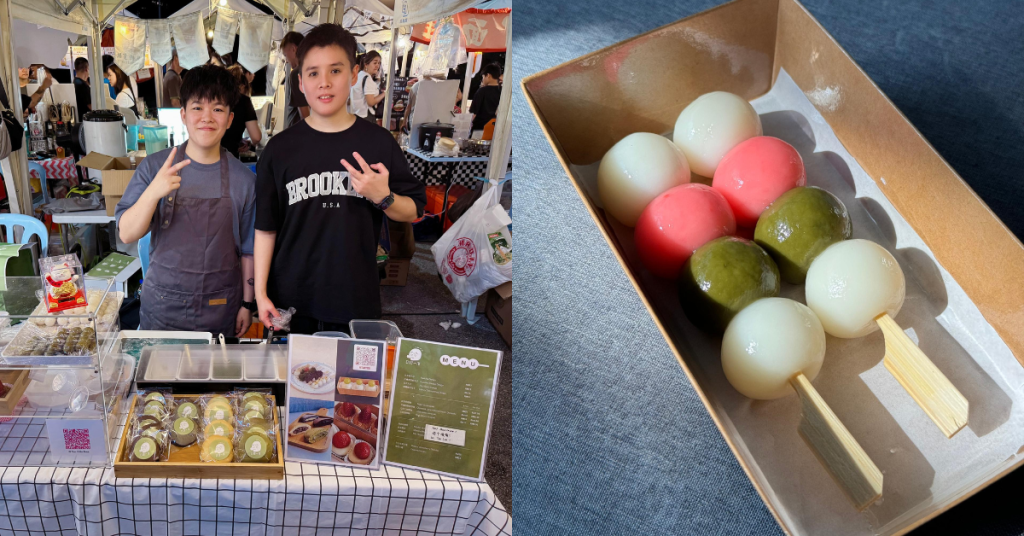
Have you ever tried dango? I’ve always found the tricoloured Japanese rice flour treat to look fascinating, though I’ve yet to get the chance to eat it.
But if you’ve ever wanted to live out your anime fantasies with a dango skewer of your own, here’s a business in KL that’s got you covered.
One degree of sweetness, every day
Ritianyidu (or 日甜一度) is a home-based confectionery brand that specialises in dango, amongst other treats.
The name Ritianyidu means to “have one degree of sweetness every day”.
“Because the word was too long in English, we decided to use a Mandarin name for the business,” Jing Kwan, the founder, explained to Vulcan Post.
Jing Kwan was previously working as a content designer before veering into this sweet path.

Taking the leap of faith to start a home-based business isn’t easy, though, especially for a first-time entrepreneur.
Jing Kwan admitted that she lacked confidence at first. But sometimes, all it takes is an external voice pushing you onward. But it was thanks to a supportive friend that she decided to make the change.
“I took the first step because of my friend named Chen,” she shared. “We met while working together and we got to know each other about 10 years ago.”
Along with her family’s support, Chen’s encouragement, advice, and cooperation pushed Jing Kwan along.
Thus, in 2022, she kickstarted Ritianyidu.
Inspired by Japanese delights
A self-taught dessert chef, Jing Kwan shared that she really loves the process of making desserts, and loves sharing those desserts with everyone.
Beyond that desire, Jing Kwan shared that she’s received a lot of positive feedback from customers, which continued to push her along this journey.
“They gave me a lot of encouragement and confidence on my desserts so this is the reason that I am expanding my business from part-time to full time,” the founder said.
Jing Kwan’s now running Ritianyidu full-time. The business is currently based out of her home, located in the Petaling Jaya area.
Aside from dango, Jing Kwan also sells dorayaki, daifuku, and warabi mochi. But the star of the show is certainly the tricoloured skewers.
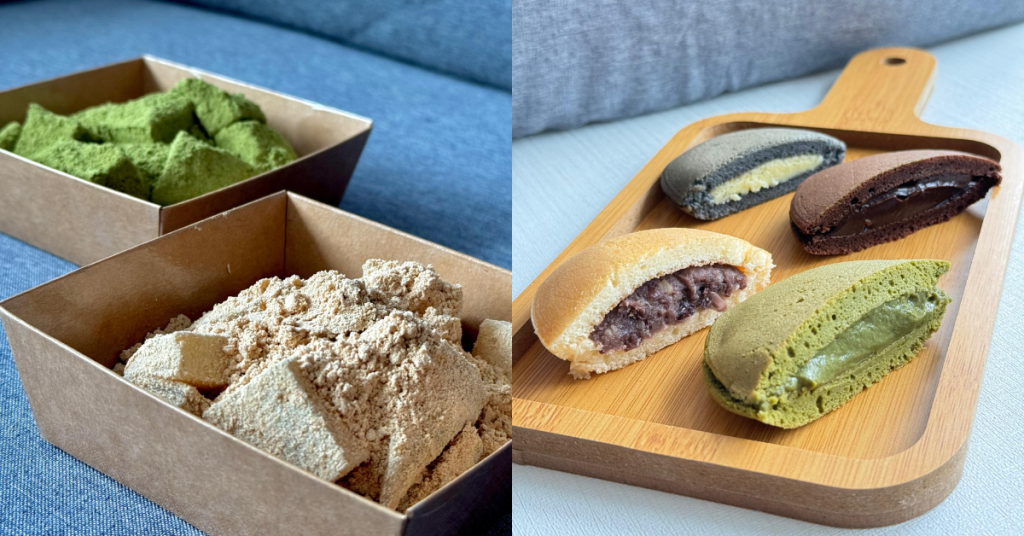
“The reason for choosing dango as our signature is because I think dango is a very cute and colourful dessert that both adults and children will love,” Jing Kwan explained.
With the popularity of Japanese culture in Malaysia, dango is something that quite a lot of people are familiar with, or at least have seen or heard of.
However, Jing Kwan said that Ritianyidu’s version of the dango is somewhat different from the Japanese one.
“I would like to think that what we are creating in Ritianyidu is like a slight twist of the desserts, embedding what I like and what I think Malaysians’ tastes are,” the founder said.
Like Japanese dango, the balls are soft, chewy, sticky, and sweet. But Ritianyidu makes them bite-sized, so dessert lovers can hold the skewer with one hand, while comfortably taking a bite of the dango together with signature toppings.
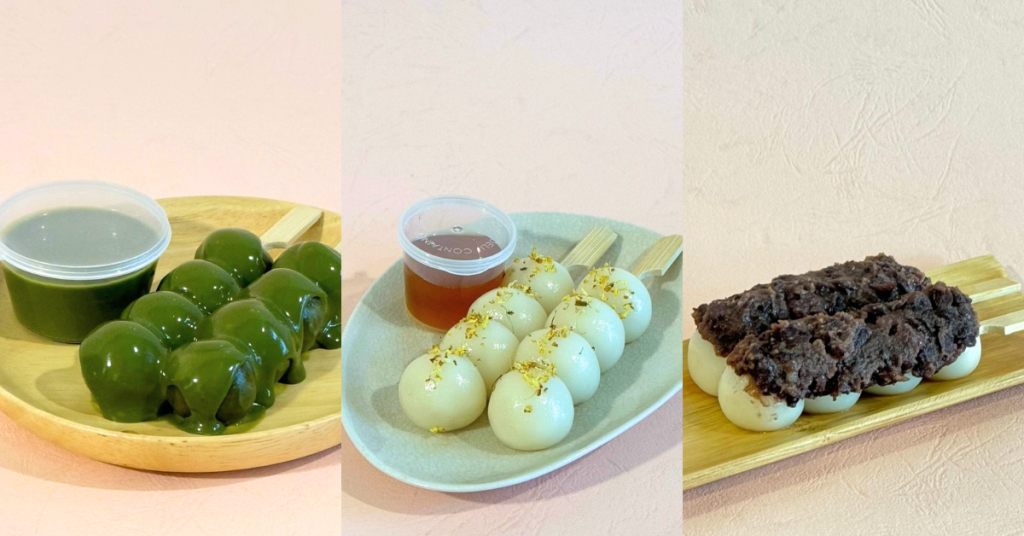
There are four flavours available, with the most popular one being the honey osmanthus flavour. Other topics include matcha sauce, red bean, as well as kinako (roasted soybean powder) and brown sugar. Prices for two sticks start at RM13.
Ritianyidu’s treats can be ordered through Instagram or WhatsApp. To bring their confections to more people, the brand is also focusing on participating in more bazaars.
“In the future, we hope to have our own shop,” she shared. “We are not sure when that will happen, but we hope to make it a reality.”
Sweet dreams ahead
It hasn’t been too long since Jing Kwan started running Ritianyidu full-time, so it’s still pretty early days for the business.
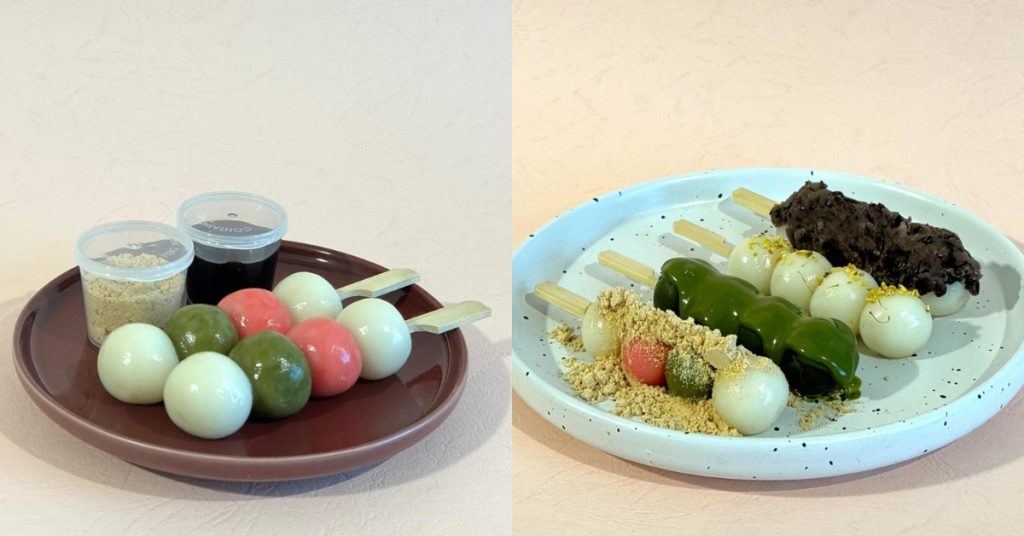
As such, she can’t really say that the business is successful yet, as she’s still slowly observing the response.
When asked about what advice she would give to others who may want to venture into entrepreneurship, Jing Kwan admitted that there’s not much advice she could give, considering that she’s still learning.
“However, one piece of advice I can say is that if you want to do something, just go for it,” she said. “The process may be tough, but you must persevere. This is something I tell myself too.”
Also Read: SDEC 2024 will explore the latest trends in semicon, AI & ecommerce, here’s how to join
Featured Image Credit: Ritianyidu
Why this 80 Y/O Japanese coffee house made S’pore its home after moving here in 1979
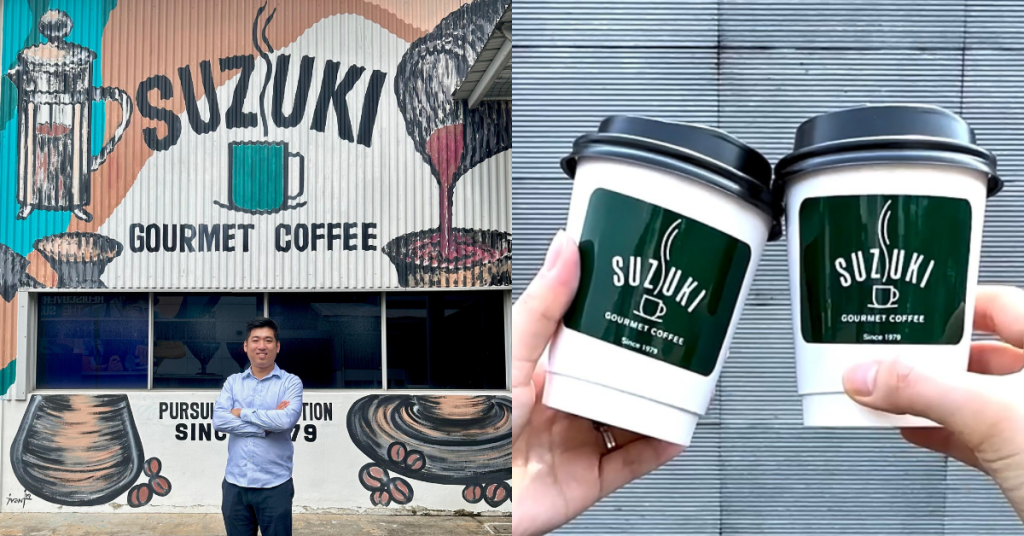
When we first discussed the topic of this article, one of our biggest questions was: How did this 80-year-old Japanese brand’s only remaining store end up being at Chin Bee Avenue in Singapore?
The year was 1944 when Grand Master Kiyoshi Suzuki opened Suzuki Coffee, a small kissaten (coffee shop in Japanese) in Tokyo.
By then, coffee was immensely popular in Japan. The nation even pioneered a new roasting method called Sumiyaki, which translates to “charcoal roasted.” The name is pretty self-explanatory, but what makes it different from other roasting methods is the rich flavour it brings out.
This is because the roasting technique cooks the coffee beans thoroughly, removing excess moisture and decreasing its acidity.
Over time, commercial roasting machines became the norm, and the Sumiyaki roasting method declined in popularity and turned into a specialty beverage. However, Grand Master Kiyoshi Suzuki didn’t care.
A passionate coffee connoisseur, he was committed to the Sumiyaki craftsmanship and turned it into the foundation of Suzuki Coffee. Some decades later, this craftsmanship would make its way to Singapore.
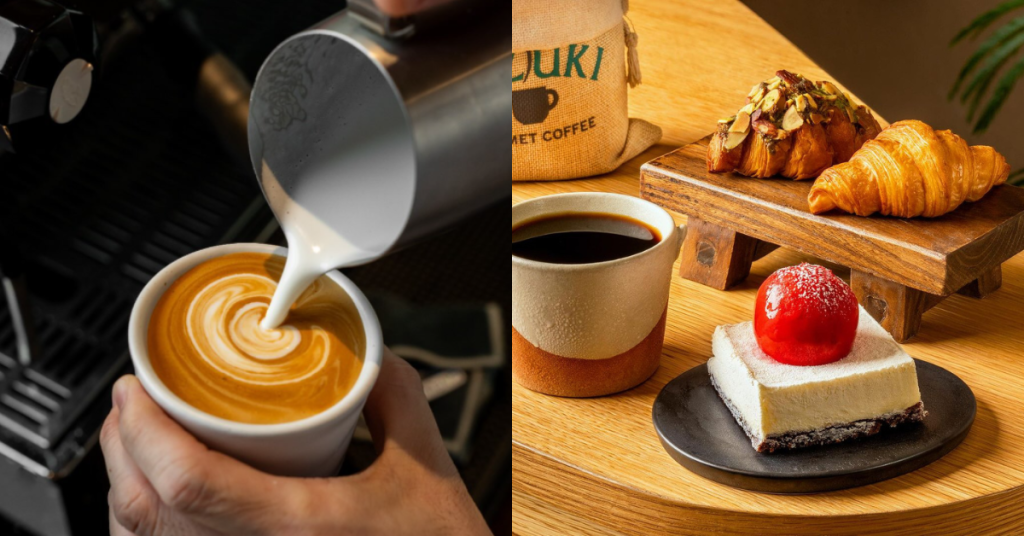
It was meant to “bean”
When the Grand Master’s protege, Hideki Endo-San, visited Singapore in 1979, he knew he found a good spot to grow the business.
The local coffee culture in Singapore was equally as burgeoning as in Japan, but it was dominated by traditional coffee.
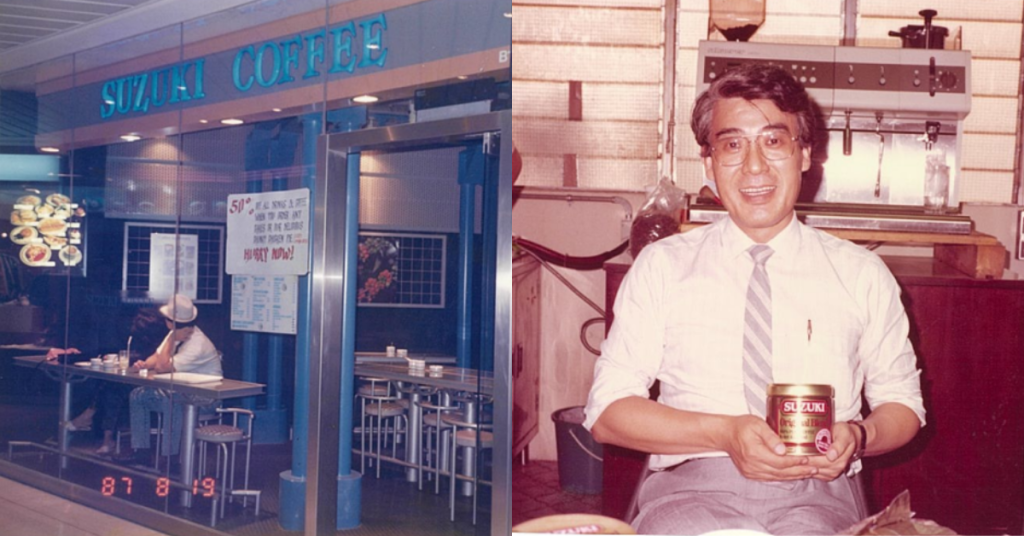
Noticing the little exposure to gourmet coffee roasting techniques here, Endo-San took it upon himself to fill the gap. That’s how Suzuki Coffee opened in Singapore the same year.
It turned out to be a smart business move as demand steadily increased amongst the local community. Within three years, the brand opened a roastery at Ang Mo Kio and a cafe at Bukit Timah Plaza.
Together, these expansions further established the coffee business as a market leader, and they even gained enough recognition to partner with international airlines like British Airways.
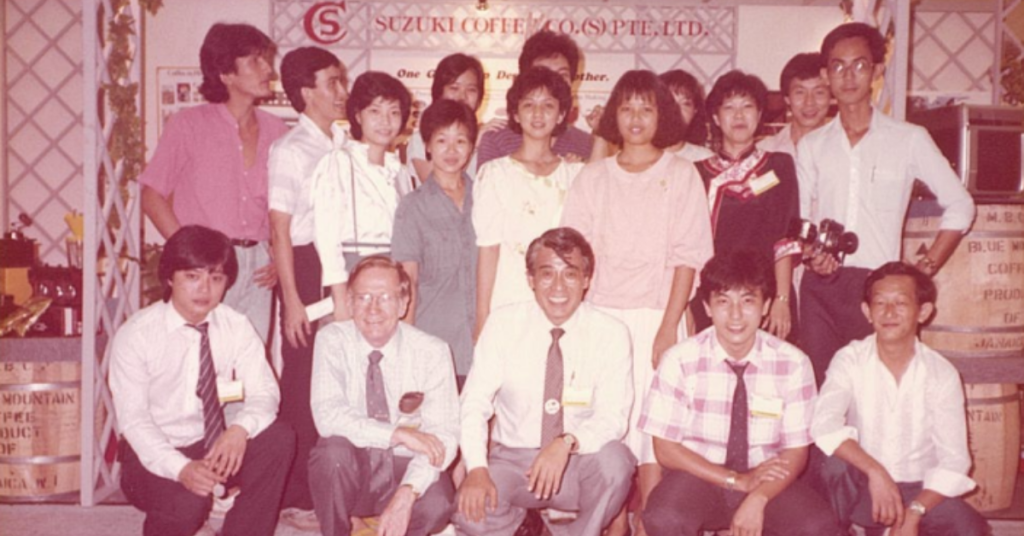
As the Singaporean branch grew and eventually surpassed the Japanese operation, Suzuki Coffee expanded into a local roastery, which according to the brand was Singapore’s pioneer roastery, while the Japanese business remained focused on its cafe.
However, the cafe in Japan closed down between the 1980s to 1990s as nobody took over the family business.
Eventually, the roastery in Singapore was sold to a local businessman. As for the Singaporean cafe, the brand said that it “grew too big”, so they decided to focus on just the roastery.
Wake up and smell the coffee
Fast forward to 2024, and Suzuki Coffee now serves both B2B and B2C markets. You can find a wide range of products tailored to casual drinkers and discerning coffee aficionados.
For example, it carries a curated selection of professional-grade and lifestyle brewing equipment like its V60-inspired drip bags and capsules. These have been growing in demand lately as more people are looking for convenience.
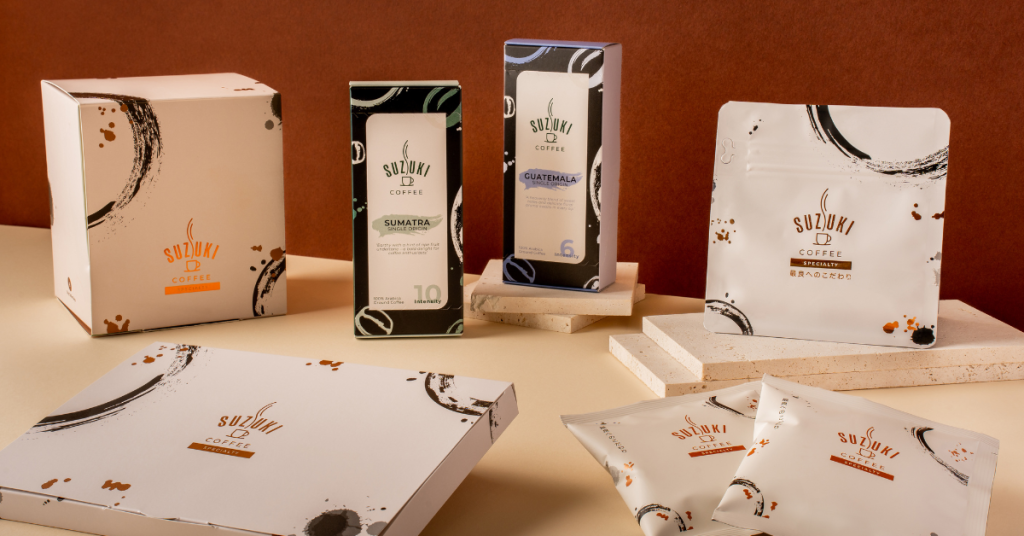
At the heart of its offerings are Suzuki Coffee Beans, which are globally sourced using sustainable practices, the brand said. This includes signature house blends like Chowa and Yugen, which are also customer favourites.
“As proud members of the Singapore Coffee Association and Rainforest Alliance, we are committed to providing beans that meet the highest standards of sustainability and quality,” its COO, Patrick Lim, told us.
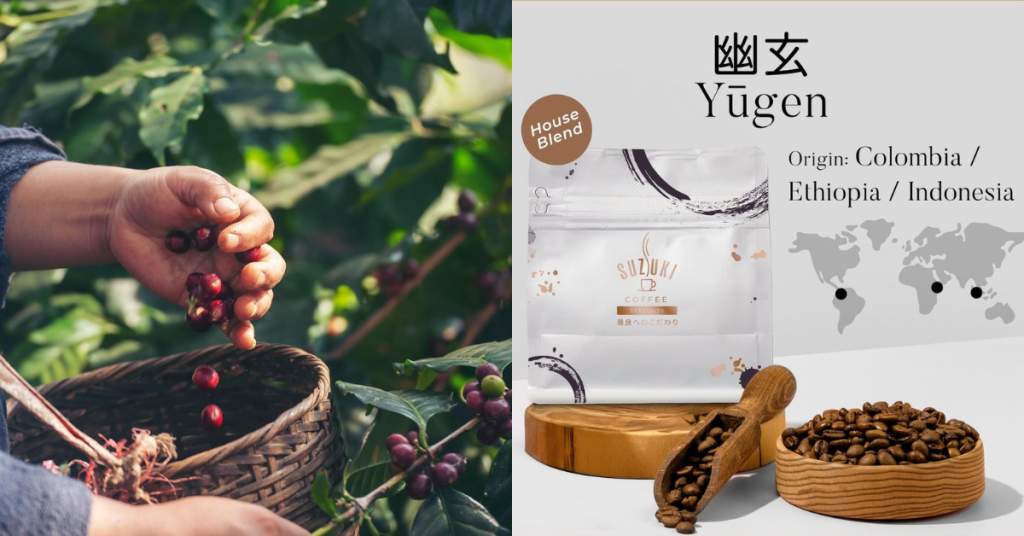
Besides caffeine doses, Suzuki Coffee’s Japandi-styled (a combination of Japanese and Scandinavian interiors) cafe also serves as a multi-functional hub. Here, baristas are trained, beans are roasted, and a variety of events are hosted.
Those looking for a more personal experience could check out the brand’s curated coffee-tasting sessions, guided tours of the roastery, and coffee workshops.
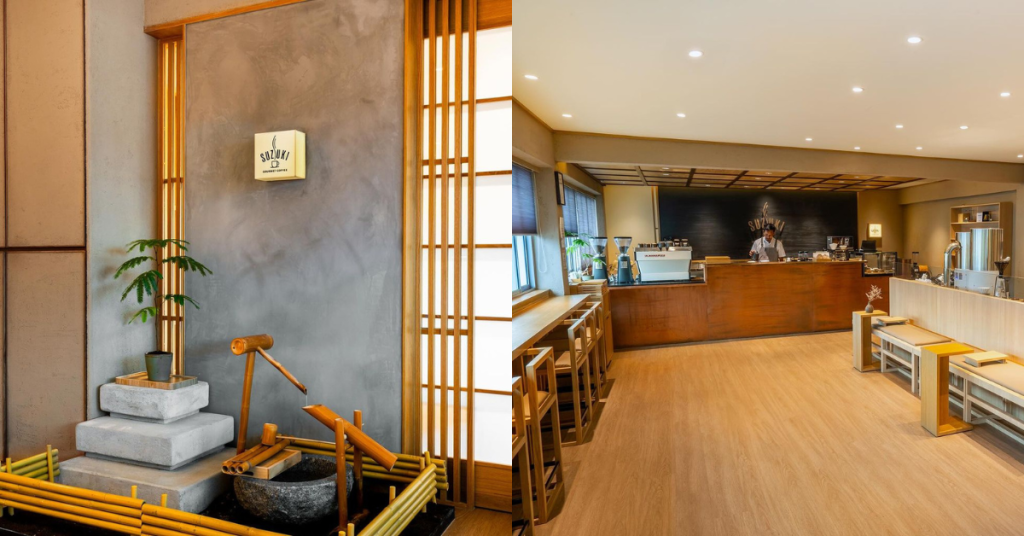
Not your average cup of joe
80 years since its founding, Sumiyaki roasting remains a vital part of Suzuki Coffee’s coffee-making process.
As the traditional charcoal roasting method requires exceptional skill and precision, it’s a craft passed down through generations. Currently, Loo is the brand’s master roaster and learnt the art directly from Hideki Endo-San.
“Each batch of Sumiyaki roasted coffee carries forward this rich legacy, ensuring the highest standards of quality. This technique is one of Suzuki Coffee’s distinctive strengths, imparting a unique flavour profile that modern methods can’t replicate,” Patrick stated.
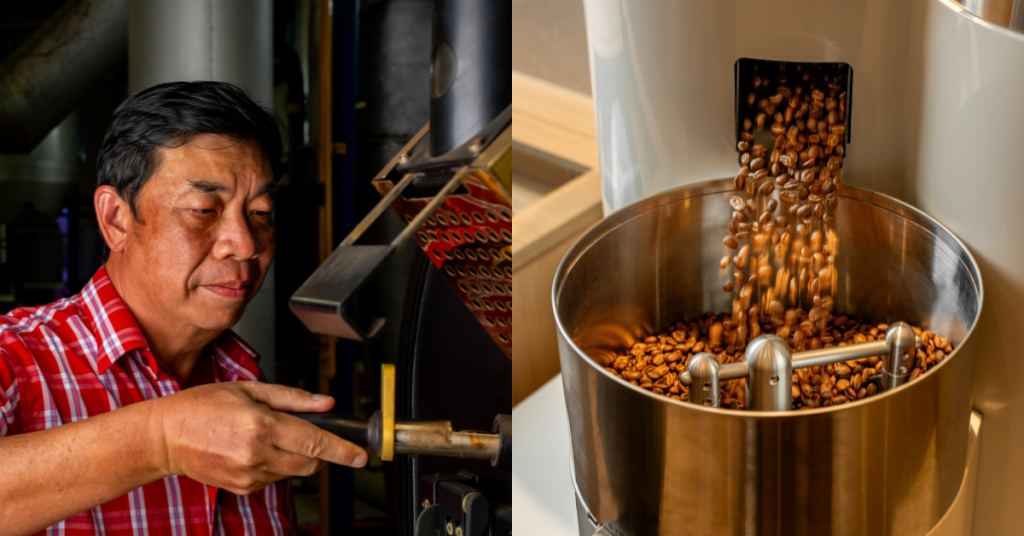
“Our customers truly value the heritage and authenticity it brings to every cup.”
Yet, it’s also the principles behind Sumiyaki roasting that really define the brand. Patrick explained that their continued insistence on precision and craftsmanship has guided them since the start and continued to set them apart.
“By holding true to our principles while embracing modern expectations, we’ve created a brand that resonates across generations. This balance is essential for thriving in today’s competitive market.”
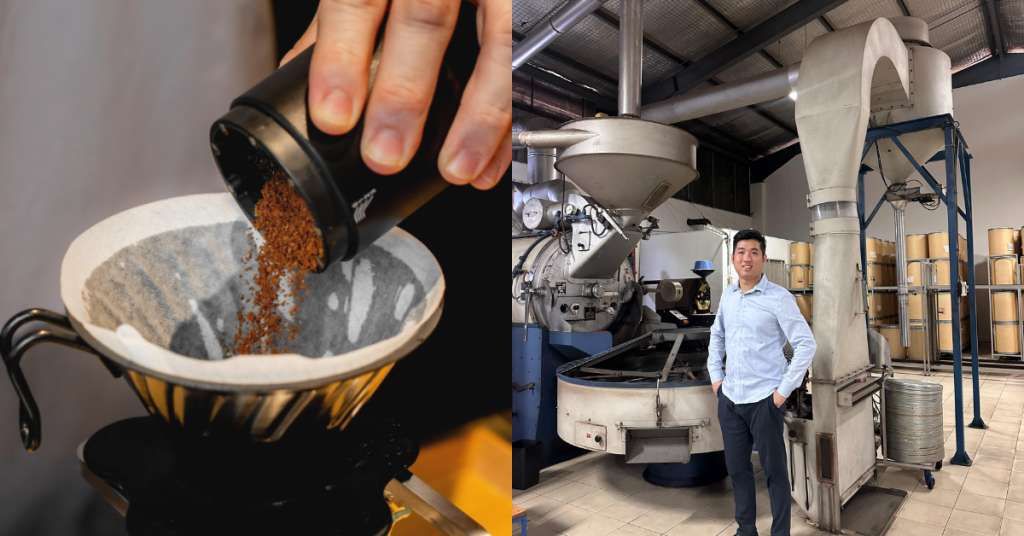
They’re going full steam ahead
Nowadays, the brand has noticed that consumers are better informed and want to know the story behind their coffee. Where is it sourced from? How is it roasted? These are just some of the questions they have in mind when looking for their next caffeinated beverage.
So Suzuki Coffee has begun focusing on ethically sourced beans and sustainable packaging options. They’ve also installed over 466 solar panels across their premises, making Suzuki the only solar-powered coffee roaster in the region, they shared.
Through the Suzuki Cares programme, they focus on key initiatives like coffee grounds recycling and tree-planting efforts.
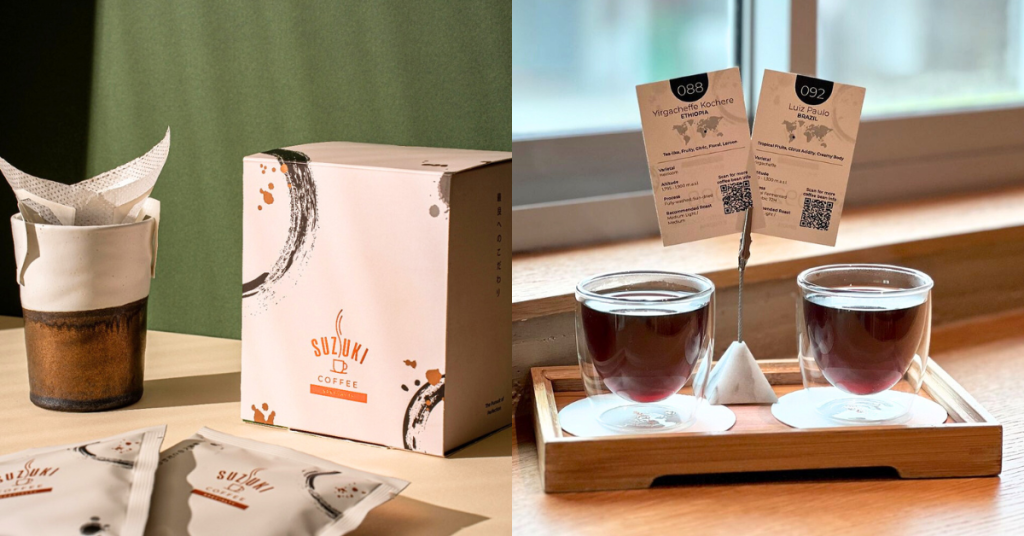
In terms of technology, they anticipate a growing integration of IoT (Internet of Things) in the coffee industry, especially in roasting and packaging processes. This could involve everything from smart roasting systems that ensure precision to eco-friendly, tech-enabled packaging solutions.
“We’re actively investing in these areas to stay ahead of the curve and maintain our competitive edge,” Patrick declared.
In the coming years, the brand’s ambition is to lead the coffee industry into a new era with a focus on technological integration and sustainability. Gradually, they’ll also be expanding the brand’s footprint into other countries.
According to French Press Coffee, the Sumiyaki roasting technique remains a specialty in Japan, though it’s catching on in North America. There are already a few American brands offering it, so competition there might get tighter with time.
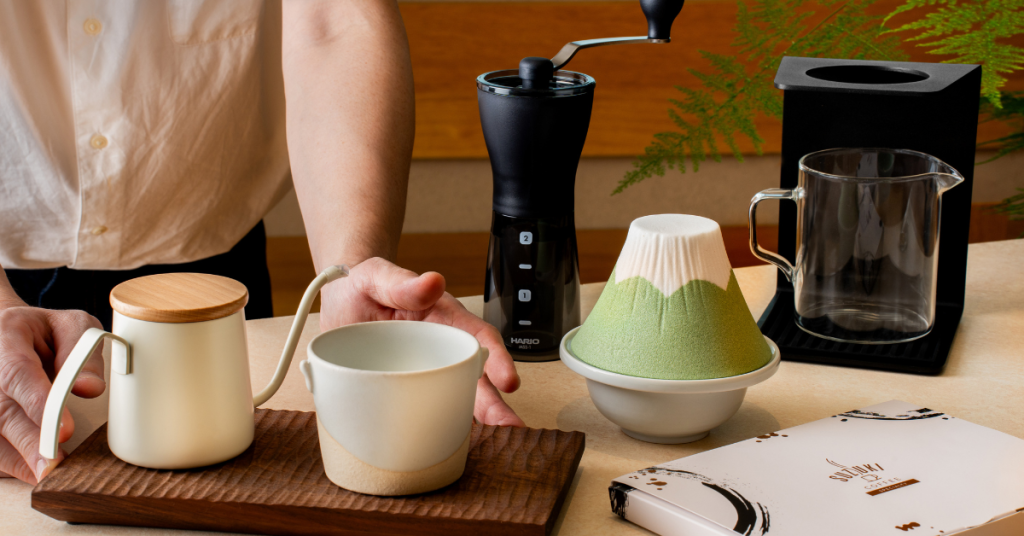
“With sustainability at the forefront of our strategy, we aim to be a leader in both innovation and environmental responsibility, setting new benchmarks for what a coffee brand can achieve in terms of both quality and impact,” he concluded.
With the Japanese brand’s legacy now living on at this 55,000 sq ft facility at Chin Bee Avenue in Singapore, we’re excited to see how they’ll continue to balance tradition with innovation.
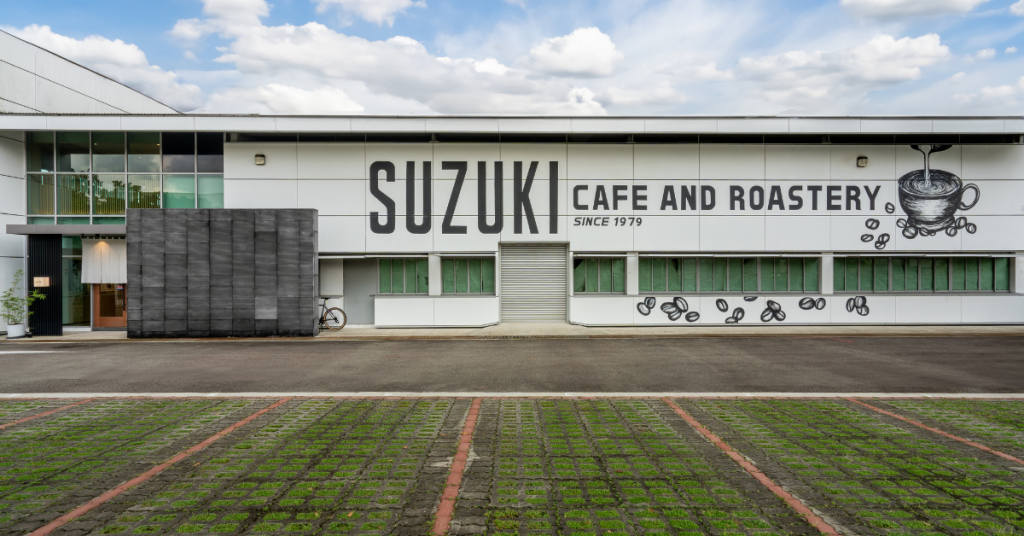
- Learn more about Suzuki Coffee here.
- Read other articles we’ve written about Singaporean startups here.
Also Read: Adapt or go obsolete: Learn to embrace AI & cybersecurity for your biz at this KL summit
Featured Image Credit: Suzuki Coffee
Why was the viral crypto CEO refused PR status in S’pore? Because it’s not about the money.

Disclaimer: Opinions expressed below belong solely to the author.
You may have seen it in the news a couple of days ago—a CEO of a Singapore-based crypto analytics platform, Nansen, vented his frustration about getting his permanent residency (PR) application rejected on X in a viral post that garnered over 2.7 million views and a few thousand responses.

On the face of it, his complaint may seem valid. After all, if you’ve contributed so much in economic value and jobs, and your family is here too (his wife is reportedly a PR already), then why would the country reject your bid?
Surely this would work very much everywhere else, especially in business-friendly jurisdictions, which Singapore competes with.
So, why was he rejected and what does it take to become a PR?
Permanent risks
Of course, my opinions are highly speculative, as Singapore authorities merely list some basic eligibility criteria and never say exactly why your particular application—whether for PR, Employment Pass or S-Pass—has failed.
With the exception of the Global Investor Programme, which imposes impossibly high requirements for qualification (like running a reputable company with a turnover of a few hundred million dollars in addition to a S$10M investment), but is otherwise formally structured, it’s not as simple as ticking several boxes.
This is mainly because Singapore is tiny and cannot take people in as freely as, let’s say, the UAE can (and does these days). Hence, applications are reviewed on a case-by-case basis.
Still, why would a pretty wealthy CEO of a multimillion dollar crypto tech startup be refused permanent residence here?
Let’s look at the hints in Singapore’s various policy stances and the benefits of permanent residence.
First, the city-state has been rather lukewarm towards all crypto investments.
It’s likely due to the fact that even after all these years the application of the technology has found limited credible uses and had its reputation tarnished by scams, bankruptcies, money laundering and so on.
If FTX could go bankrupt, no crypto company, no matter the size, is entirely beyond risk. By comparison, US$88 million raised for a startup isn’t exactly all that impressive, especially given Singapore’s financial hub status, with billions upon billions of dollars moving through it each year.
In other words, Singapore authorities have to assess not only what you have contributed so far but also the reputational risk you or your ventures may present in the long run, as you are granted far more liberty under a PR status.
Mr Svanevik currently runs his company on an Employment Pass. Despite its benefits, EP is a highly restrictive work pass that allows you to work for one specific company only (in this case, his own) and is subject to renewals every few years.
It’s not transferable and does not permit taking employment in any other businesses or setting up new companies. It’s possible to work for more than one, but each new position would require a separate EP application, allowing the authorities to control what a foreigner does in Singapore.
When you become a Permanent Resident, however, you’re granted complete freedom in that regard.
You’re largely equal to citizens, just without the right to vote and with some restrictions on state benefits. But you can start as many new companies as you want, and your residence permit never expires.
So, let’s circle back to Nansen.
While this particular company may present low risks (since it’s about analytics, not trading tokens), it is permitted to operate in Singapore, its boss can work and live in the country under the EP, the authorities may be concerned if any future ventures—in an industry they inherently distrust—would continue to be.
Of course, every business is subject to regulation, but rules alone do not eliminate all risks.
Now, let me be clear: this is not to suggest that Mr Svanevik or any other person, in particular, may be up to no good, but rather that the immigration administration has to consider whether he genuinely requires the benefits of permanent residence—and if the country can accept the potential risks associated with granting it to him (or anybody else).
Essentially, ICA is asking a specific question: does this person really need the PR?
Money isn’t everything
As Nansen’s CEO admitted his wife is a PR, and he didn’t suggest she’s wealthier or more successful than he is. This is because PR status is not about the money but how deeply rooted you appear to be in Singapore.
Of course, I do not know the specific conditions under which she was granted her blue IC, but she clearly appeared to be a safer bet.
Yes, if you bring millions of dollars and numerous jobs in, this may work in your favour—but do you really treat it as your home? Or will you pack your bags up and leave if things go south, for whatever reason?
Or even worse—will you take advantage of it and then flee, leaving the authorities to hold the bag while angry Singaporeans decry open immigration policies?
The city-state doesn’t need more money. In fact, it gets so much of it that it had to erect barriers to ensure it doesn’t become a haven for questionable behaviours and people.
Ironically, perhaps, a person of lower status may have a higher chance of succeeding in their PR application, given that they would depend on a local job, be married to a local spouse, have their family or children in Singapore, or even come from a neighbouring country like Malaysia—all of which provides reassurance they already are a well-embedded member of the society.
On the other hand, foreign entrepreneurs often raise more questions than they answer.
They have usually left another country already and are open to moving on to a more attractive jurisdiction if need be. Their presence in Singapore is often largely speculative and transactional in nature.
This is why the city-state is happy to offer a strictly regulated Employment Pass but may not be quite so eager to confer the status of a permanent resident on them.
And, let’s be honest, Mr Svanevik didn’t increase his chances, if he does decide to reapply after all (as many do, often for years), after openly decrying the bureaucracy and considering relocation, both for his company and his family.
By dismissing it so casually, he just gave ICA more evidence that he doesn’t really consider Singapore to be his permanent home after all.
Also Read: Singapore salary data: 200+ non-executive roles that pay S$10,000 per month or more
Featured Image Credit: OPTO/ICA